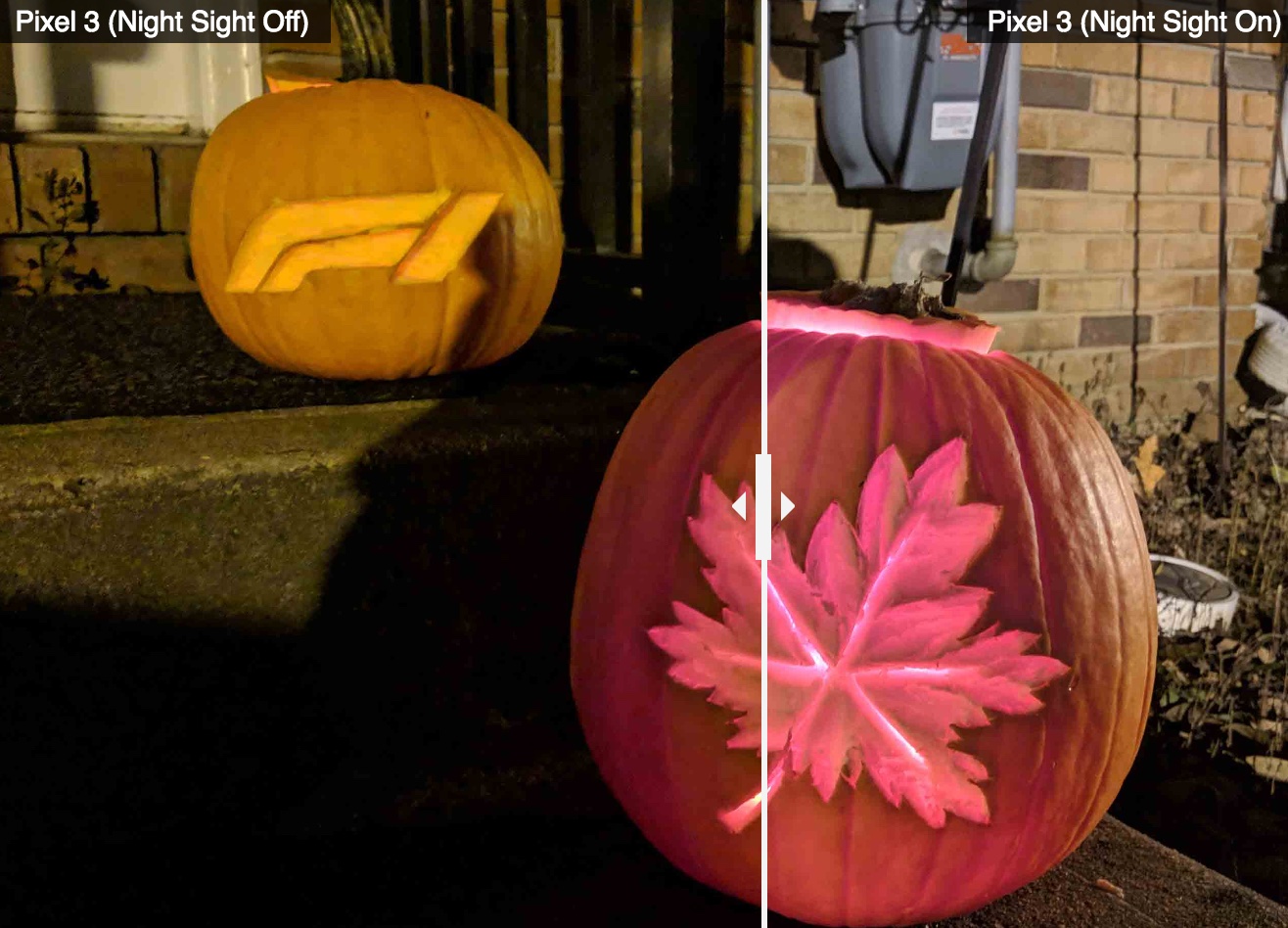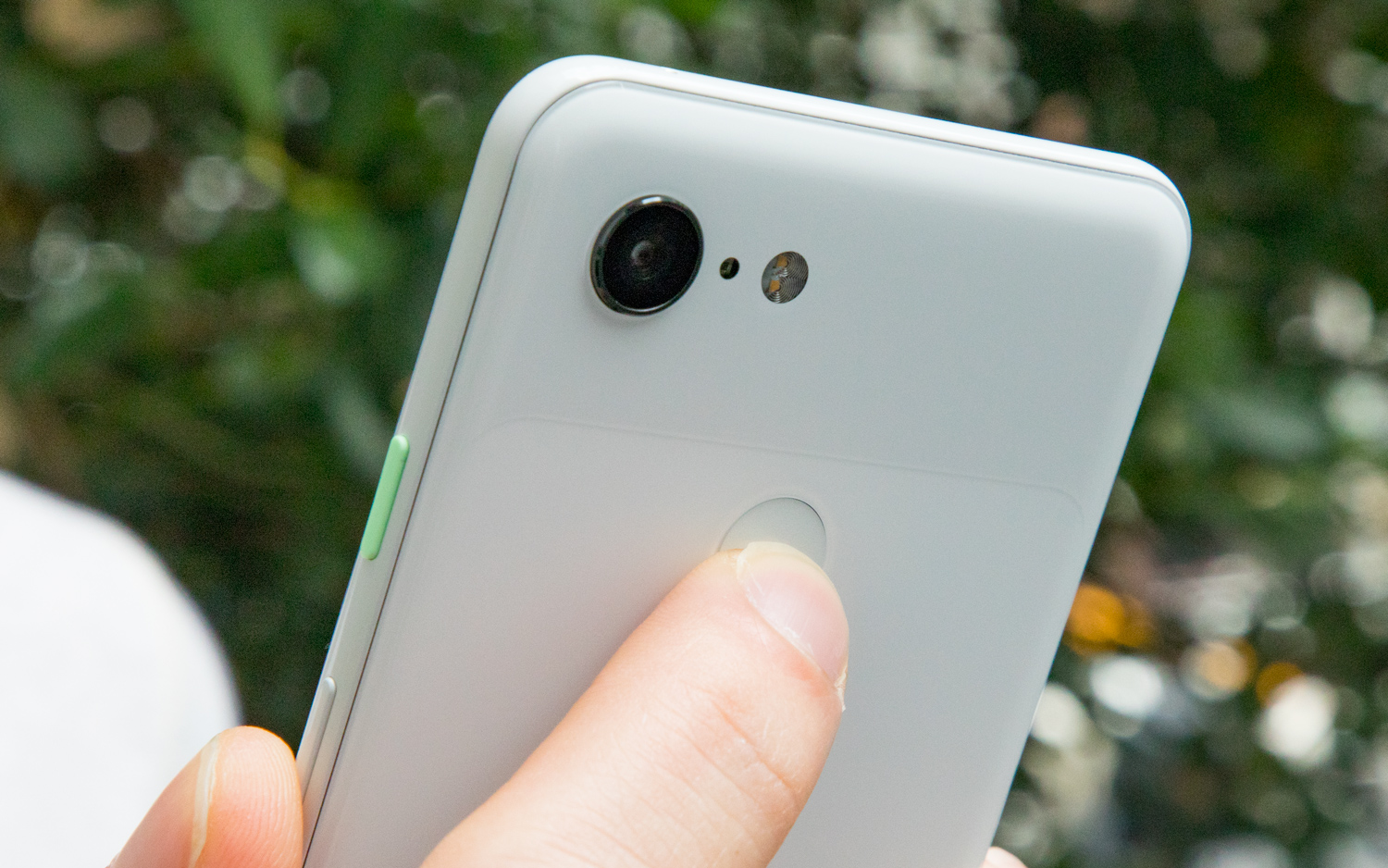The Pixel 3's Night Sight Camera Is Downright Magical
The Pixel 3's Night Sight mode isn't technically out yet, but you can load an early version on your device — and the results are very impressive.

With every phone maker touting the low-light performance of their devices' cameras, it's tempting to treat these promises as meaningless marketing buzz. However, Google truly seems to be onto something with the new Night Sight feature coming to its Pixel phones.

Night Sight isn't out yet — Google is fine-tuning the feature now with an eye toward launching it via a software update on the Pixel 3 later this year. Around that time or perhaps afterwards, it will make its way to older Pixel models.
However, an enterprising member of XDA Developers decided to take things into their own hands, modding the stock Pixel 3 Camera APK to activate the dormant Night Sight feature, before porting it to a whole bunch of handsets (including the Xiaomi Mi 5 and Essential Phone).
You can get this update yourself, though it requires sideloading a second Camera app on your phone (labeled CameraP3) that contains a Night Sight mode which, in all likelihood, will not be the final version Google ships in the coming weeks. Generally, it's best practice not to sideload any apps on your Android device due to security concerns. That said, it's available if you want to test it out — just be warned that we're not responsible for any unintended side effects.
How It Works
Back in the spring, Huawei debuted a Night Mode with its P20 Pro, and Google's scheme with Night Sight appears to operate in a similar manner. Like Huawei's software, Google's captures a succession of frames to simulate a long exposure time, and then stitches those frames together to return color to spaces where it's been lost — with the help of a little AI, of course.
MORE: Pixel 3 vs. iPhone XS Camera Faceoff
Sign up to get the BEST of Tom's Guide direct to your inbox.
Get instant access to breaking news, the hottest reviews, great deals and helpful tips.
Night Sight is accessible through the Camera app's "More" tab, where features like Portrait Mode and Playground are housed. Additionally, when the device notices you're attempting to shoot in a very dark environment, a pop-up will automatically suggest you try Night Sight.
What It Can Do
We went ahead and snapped a few images with Night Sight, and the difference was immediately apparent. The example above, taken in our video studio with all the lights turned off and some minimal outside lighting from an adjacent hallway, exemplifies what Google's latest imaging software can do.
Not only is the entirety of the frame brighter, but there's a surprising amount of color, too, and the majority of the noise is confined to the darker segments of the frame. The text at the top of the magazine cover is illegible on the version taken without Night Sight, yet it's perfectly readable thanks to the new camera feature.
Night Sight responds intelligently to its surroundings — something apparent as you're shooting with it. After you press the shutter button, the viewfinder will instruct you to hold still as a circular progress bar fills. Depending on how dark it is in the scene, the camera will collect more or less data. And if you're literally working in the dark, that bar will take longer to fill.
It took about 5 or 6 seconds for Night Sight to capture all the light it needed to illuminate the festive carved pumpkin you see above. But the most impressive work has been done to the areas surrounding the subject, where the leaves on the ground, brick wall and concrete steps have been pulled out of the shadows and rendered in much more detail.
But the most impressive comparison may just be the final one we attempted in our studio, where it looks as if Night Sight turned the lights on in the room. In the initial shot, only Cappy's eyes are visible, but the hat's red color and detail of the brick wall comes through impressively once Google's new tech is brought into the equation.
Overall, Night Sight is truly impressive, even in this early stage. We look forward to the feature making its way to Google's phones officially, though Android's enterprising developer community means it will likely be ported to even more devices from other companies in the near future. Your low light photos are about to look a whole lot better.
Adam Ismail is a staff writer at Jalopnik and previously worked on Tom's Guide covering smartphones, car tech and gaming. His love for all things mobile began with the original Motorola Droid; since then he’s owned a variety of Android and iOS-powered handsets, refusing to stay loyal to one platform. His work has also appeared on Digital Trends and GTPlanet. When he’s not fiddling with the latest devices, he’s at an indie pop show, recording a podcast or playing Sega Dreamcast.
